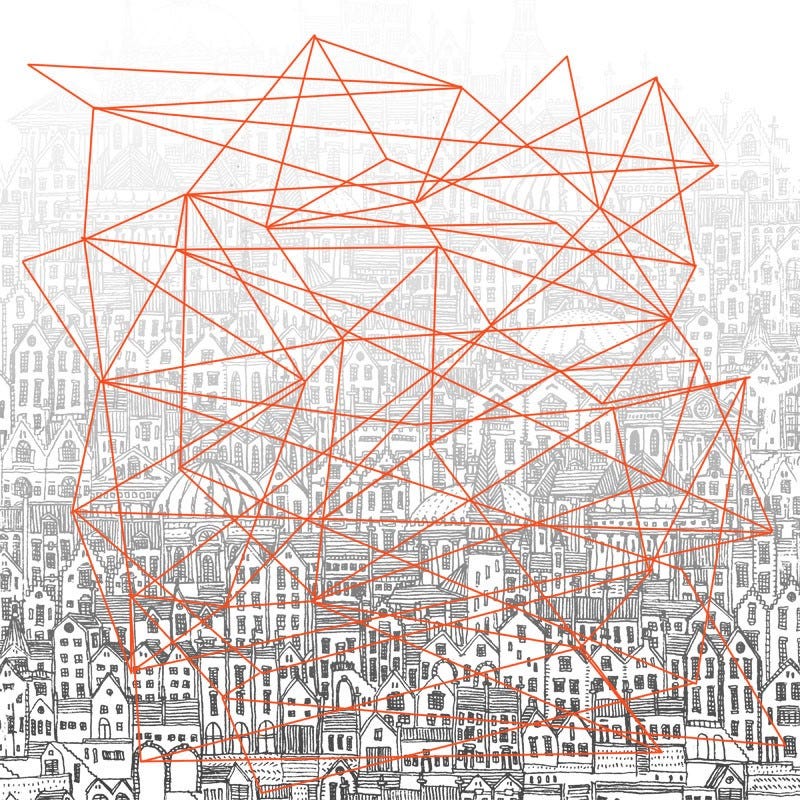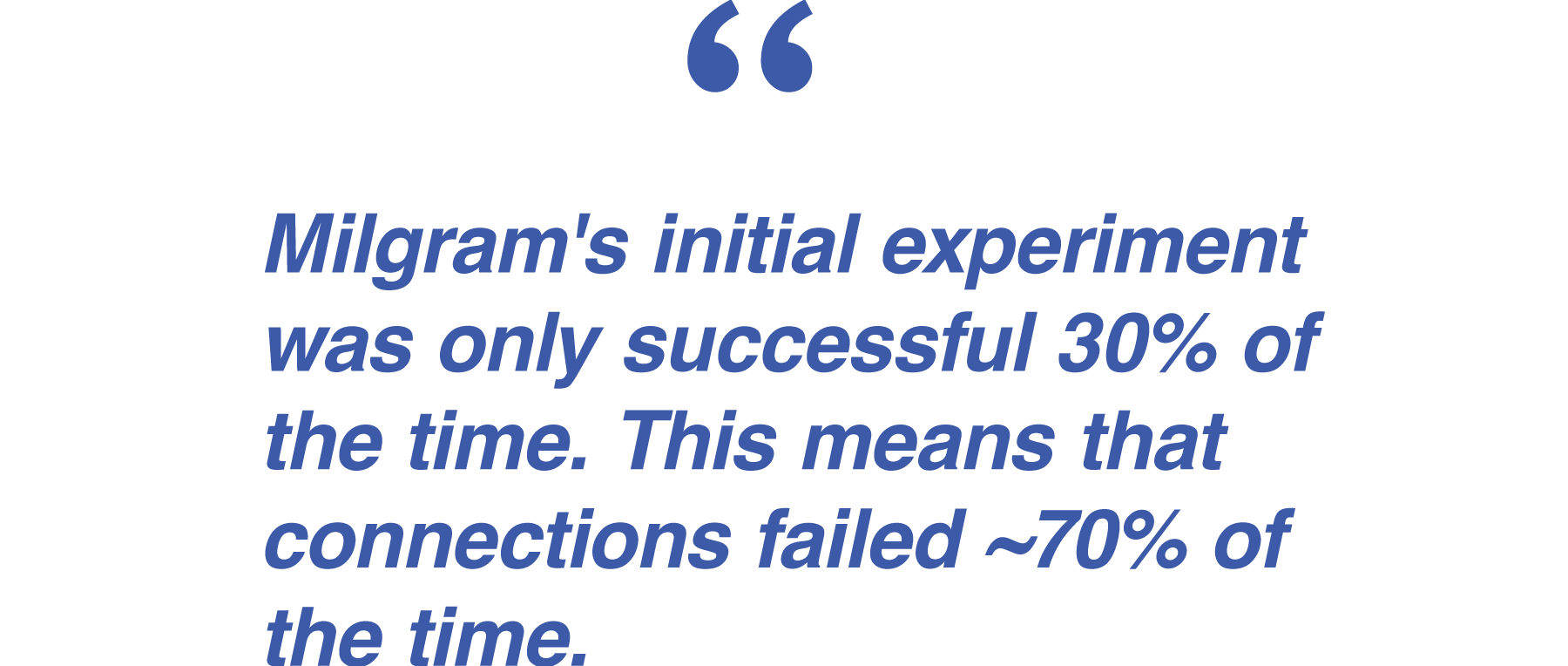

Ersilia, David Fleck
“In Ersilia, to establish the relationships that sustain the city’s life, the inhabitants stretch strings from the corners of the houses, white or black or gray or black-and-white according to whether they mark a relationship of blood, of trade, authority, or agency. When the strings become so numerous that you can no longer pass among them, the inhabitants leave: the houses are dismantled; only the strings and their supports remain.”

It was an early morning, in the fall of 2015, when I sat down at a chained and padlocked set of outdoor steel chairs and tables, just outside a staple of the Boulder coffee shop scene. It was windy and unusually noisy, but as usual in Boulder, it was still as sunny as southern California. I was a few minutes early for an introductory in person meeting with an individual I had only known via a short email intro from a good friend of mine.
I had done zero research on this person (poor form, I know), the only thing I knew was that this individual, like myself, was on the lookout for a partner to start a venture fund with. I had recently announced my departure from a previous venture fund and knew I wanted to start a new fund but only with the right partner. I had discussed this with a few of my closest friends and I assumed this process was going to take me many months to complete.
The individual sat down at the table, we exchanged the standard pleasantries at an extremely fast clip, and within minutes I knew we were going to start a fund together. Only two weeks prior, my entire life was up in the air, and now the biggest piece of the puzzle had suddenly materialized. All it took was an open mind and genuine care of one of my closest friends to realize that the two of us should talk and then to make the introduction. There was little in it for him except the satisfaction of making a good connection between two people that might benefit.
My good friend, Nick, who made the initial introduction to my new business partner, Alex, is the equivalent of an introduction Jedi. He thrives off it and has a true gift for seeing people for who they are, making connections based on needs and opportunity for growth. However, this personality characteristic is anything but typical. The vast majority of introductions fall way short and quite frankly are poorly thought through. I, like everyone else, get a plethora of requests for and requests to make introductions. Due to the poor pre-qualifying decision model prior to making the introduction, most result in a dead end. This ultimately means that great opportunities for connection are being missed, and countless hours are lost on ill-contrived introductions. This simple fact is quite depressing to me, and it’s something that I decided I wanted to try and fix. But how?


In 1967 Dr. Stanely Milgram performed a revolutionary experiment in a field that would later be known as Network Theory. His experiment was designed to explore the underlying caveats of human social networks. In short, he wanted to determine the average number of paths that lie between any two humans and to see what, if any, differences exist between group types (distance, vocation, etc.).
His experiment used three different populations of individuals in the United States: Two in Nebraska and one in Boston. Rough socio-economic groupings separated the two groups in Nebraska. One was a randomly populated group of individuals that owned a portfolio of Blue-Chip stocks. The other was just a random population of individuals. The Boston group consisted only of randomly chosen individuals. For the sake of this post, I’m going to focus on the Nebraska groups.
Each individual within the test group was given a set of instructions outlining the “ask” from Dr. Milgram’s office (to get their letter to a specific person on the East Coast — who was in financial services). The instructions included a small amount of information outlining the reasons for the experiment, info around who the “starters” were looking for, and who they could forward these instructions on to (e.g. “Anyone you’re on a first name basis with”). Senders would write down their own names and addresses, as well as the names and addresses of those they were sending the document to. Thus, if the document reached the intended target, Dr. Milgram and his team would know how many recipients on average were needed to complete the chain.
A recipient along any individual chain is known as a “node,” and connections between nodes are known as “paths.” Dr. Milgram’s experiment showed, among other things, that the average number of paths to get from sender to target was 5.2. There were some differences in this average between the starting populations; however, 5.2 turned out to be the rough number of paths necessary to connect any two individuals. Milgram’s experiment was a watershed moment. News media took this 5.2 avg, rounded it up to 6, and seared it into the general public’s collective memory. This is where the common phrase “six degrees of separation” originally comes from.
The six degrees of separation figure has held throughout numerous experiments over the past 50 years. However, there is something that is completely missed and misunderstood about this frequently stated figure.
While Milgram’s initial experiment showed that there is indeed a 5.2 avg between any two individuals, that average can obviously only be calculated for those chains that have been successful. That is to say, for the chains that were fully completed from the sender to target. But what was the probability of success in terms of the whole experiment?
Milgram’s initial experiment was only successful 30% of the time. This means that connections failed ~70% of the time. Repeated experiments have shown the success rate to range from only 5% on the low side, to 40% on the high side. So, while one human may only be 6 connections away from any human on the planet, the probability of reaching and connecting with that person is extremely low. This is especially true when you take into consideration the reasons for, or perhaps, more importantly, the reasons for NOT getting into contact.
